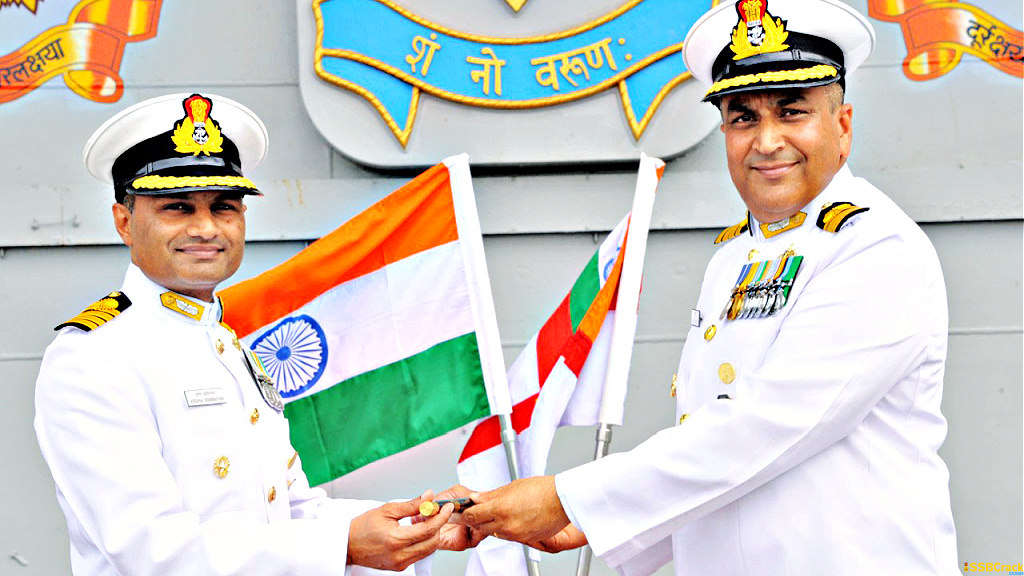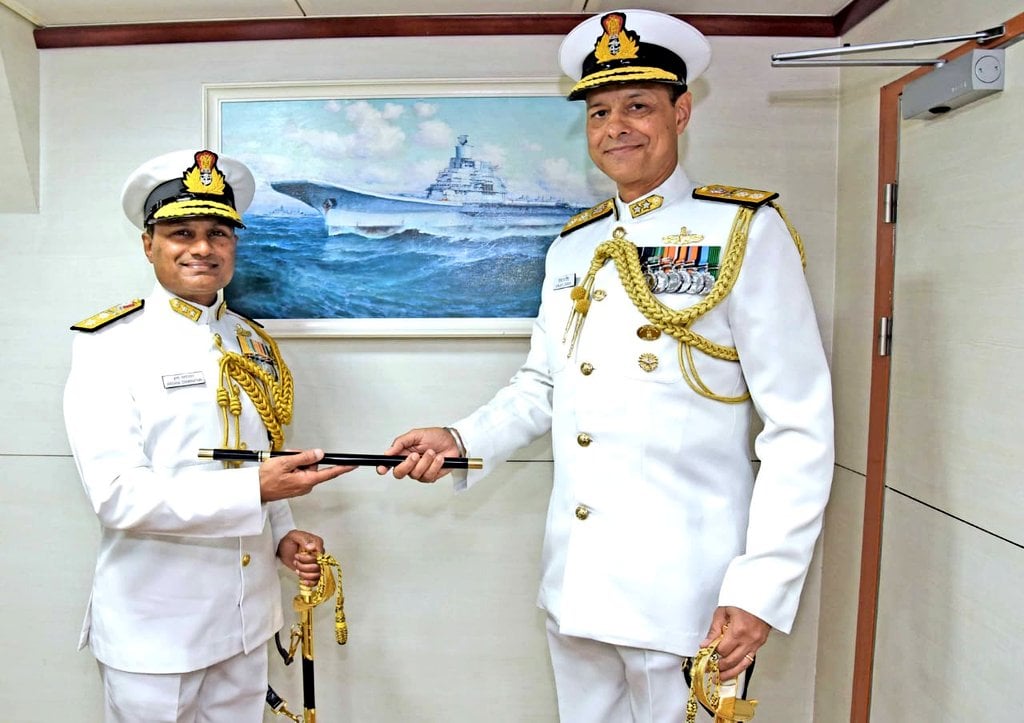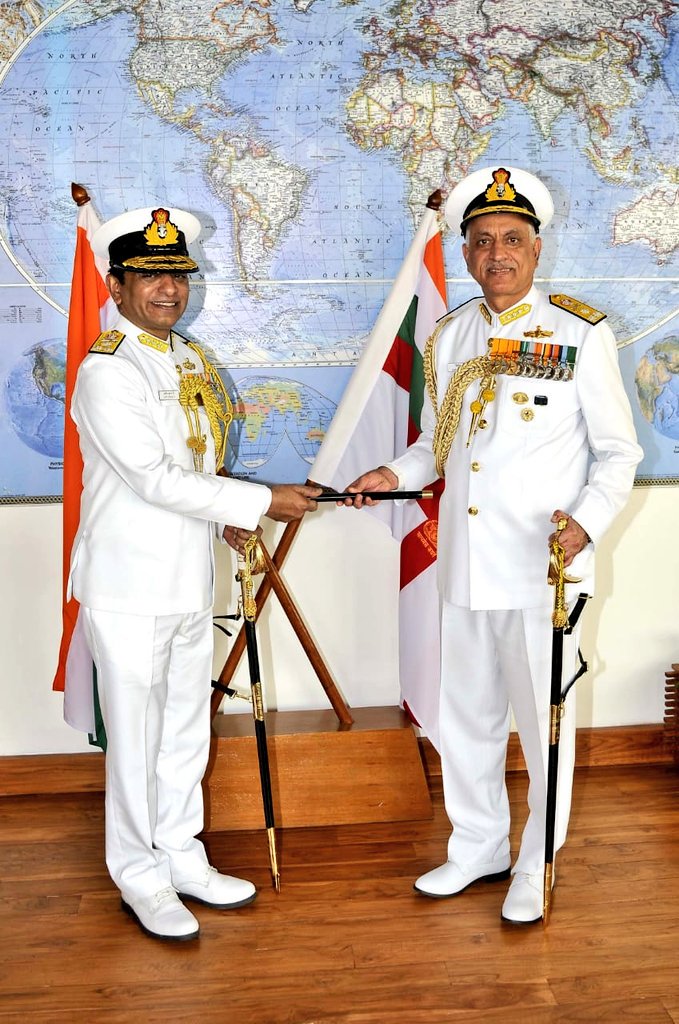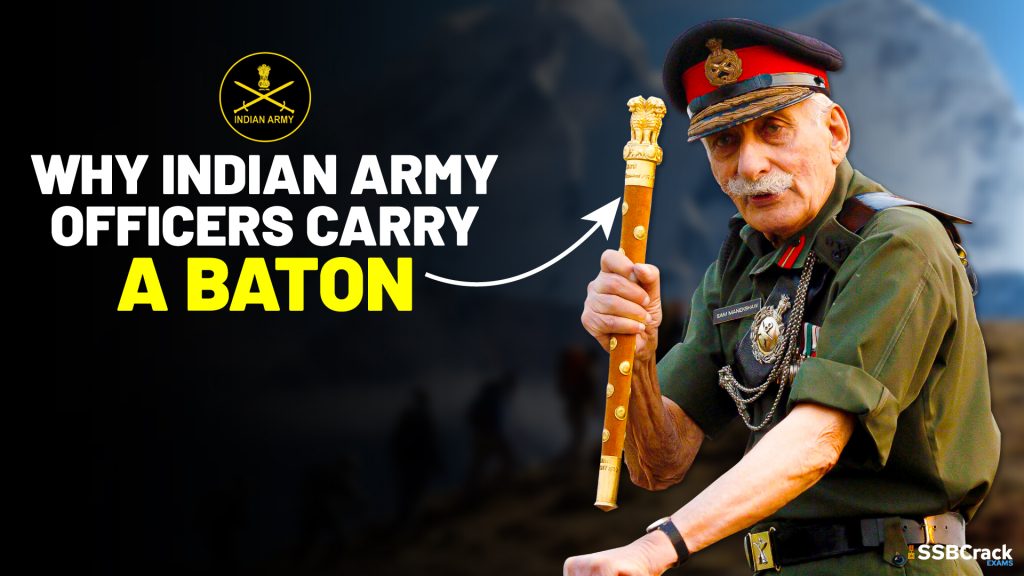The Indian armed services have taken numerous attempts to abandon British-era practices. The Navy has now directed that a ceremonial baton be put in the office of the head of each unit’s organisation.
Navy Ends the Colonial Practice
The Indian Navy stated on Saturday that the colonial tradition of carrying batons would be phased out with “immediate effect.” The Navy has now directed that a ceremonial baton be put suitably in the office of the head of the organisation of each unit, where it will be handed over as part of a change of command.
The Indian Navy stated in a communication, “With the passage of time, carrying batons by naval personnel has become a norm.” The symbolism of authority or power pot heated by the carrying of a baton is a colonial heritage that has no place in Amrit Kaal’s transformed navy.” As a result, “carrying of batons by all personnel, including those from the provost, be discontinued immediate effect,” according to the letter.
The Navy has now directed that a ceremonial baton be put in the office of the head of each unit’s organisation. Only at a change of command may the ceremonial handing of the baton take place within the office.
On Saturday, the Indian Navy declared its decision to discontinue the colonial tradition of baton carrying, effective immediately.
— SSBCrack (@SSBCrack) July 29, 2023
It has been mandated that a ceremonial baton be appropriately placed in the office of the leader of each unit, where it will be handed over during a… pic.twitter.com/UtXO4w77ok
The Indian armed services have taken numerous attempts to abandon British-era practices. The Indian Navy also modified its symbol. The Indian Navy’s new flag, or ‘Nishaan,’ was revealed last year by Prime Minister Narendra Modi, and it removes elements of the colonial past while reflecting the country’s strong nautical legacy, according to a Navy statement. The new ensign was inspired by Chhatrapati Shivaji’s seal.
What Is A Baton?
Often referred to as a swagger stick, is a short, thick object that resembles a stick and is typically constructed of metal or wood. A field marshal or other such high-ranking military official typically keeps the baton and carries it as part of their uniform.
History Of Baton
The Roman Empire is where the Swagger Stick first appeared. The Roman army’s wine crew was holding this stick at the time. But the First World War is where it first gained modern recognition. The British Army’s officers thereafter adopted the practice of always having this stick on hand. These poles bear the marking of his regiment. This stick was crafted from polished wood.
Swagger Sticks were carried by commissioned military officers in the British Army and other Commonwealth nations, particularly by the commanders of infantry regiments. People used to wear it with barracks garb as well. The Indian Army’s combat and supporting arms officers typically carry a baton, and its use dates back to the time when the British Imperial Army of India was stationed there. This baton is a representation of authority that derives its sanctity from the monarch’s sceptre. The tradition has been upheld ever since these sticks were in the possession of an officer with authority during that time. Here, his capacity for management and planning gives him authority. He ought to be allowed to run a sizable portion of the Army.
Why Do Officers Use Sticks?
Its primary function is that an individual with such authority is an officer. When retiring from the service, an officer hands it over to the incoming officer. Additionally, different regiments use various sticks. They can differ in colour, metal cover, or design.
Also read: Why Do Officers In The Indian Army Carry A Baton (Stick)?
To crack the SSB Interview, You can join our SSB interview live classes batch and we recommend you to Enroll SSB INTERVIEW ONLINE COURSE. Trusted by thousands of defence aspirants.























